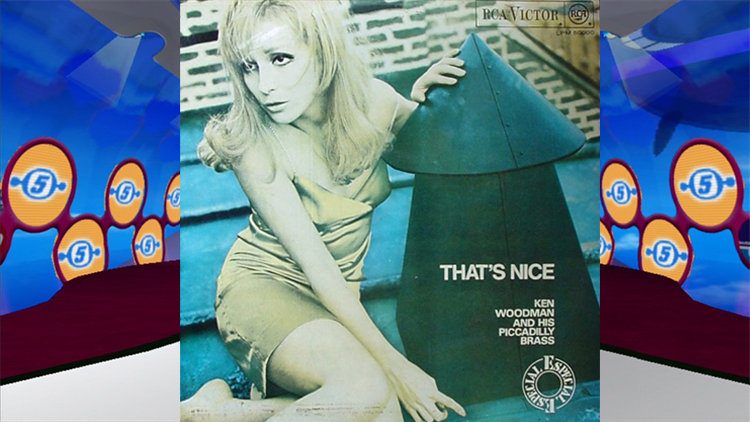SEGA Tunes: Star Wars Arcade 32X feels like it could take on the whole Empire

While the heyday of the original Star Wars trilogy video games in the 70s and 80s belonged to Atari, during the 90s and early 2000s our favorite arcade game maker (that’s SEGA, if you’re wondering) internally developed a three games that blew the Atari arcade experiences out of the water. The arcade games I am referring to are Star Wars Arcade (by SEGA AM3 and LucasArts), Star Wars Trilogy Arcade (by SEGA AM8 and LucasArts), and Star Wars Racer Arcade (by Sega Rosso). These games were exciting for a number of reasons. For starters, you had some of the best SEGA arcade talent behind the titles working with some of the best arcade technology of the time. [Learn more about SEGA’s arcade development in the 90s]
I know old Atari arcade games have their charm, but when you’re dealing with a franchise like Star Wars that leans so much on visuals, sound and music I’d much prefer to know what I’m looking at rather than trying to figure out what tiny wireframes are trying to convey. Personally I found Star Wars Racer Arcade to be the pinnacle of Star Wars arcade experiences, as it felt 1:1 to the film in every aspect. But today, for the latest entry in our SEGA Tunes series, I wanted to look back at the Star Wars arcade experience that kicked off the SEGA trilogy of arcade games, the aptly named Star Wars Arcade.





